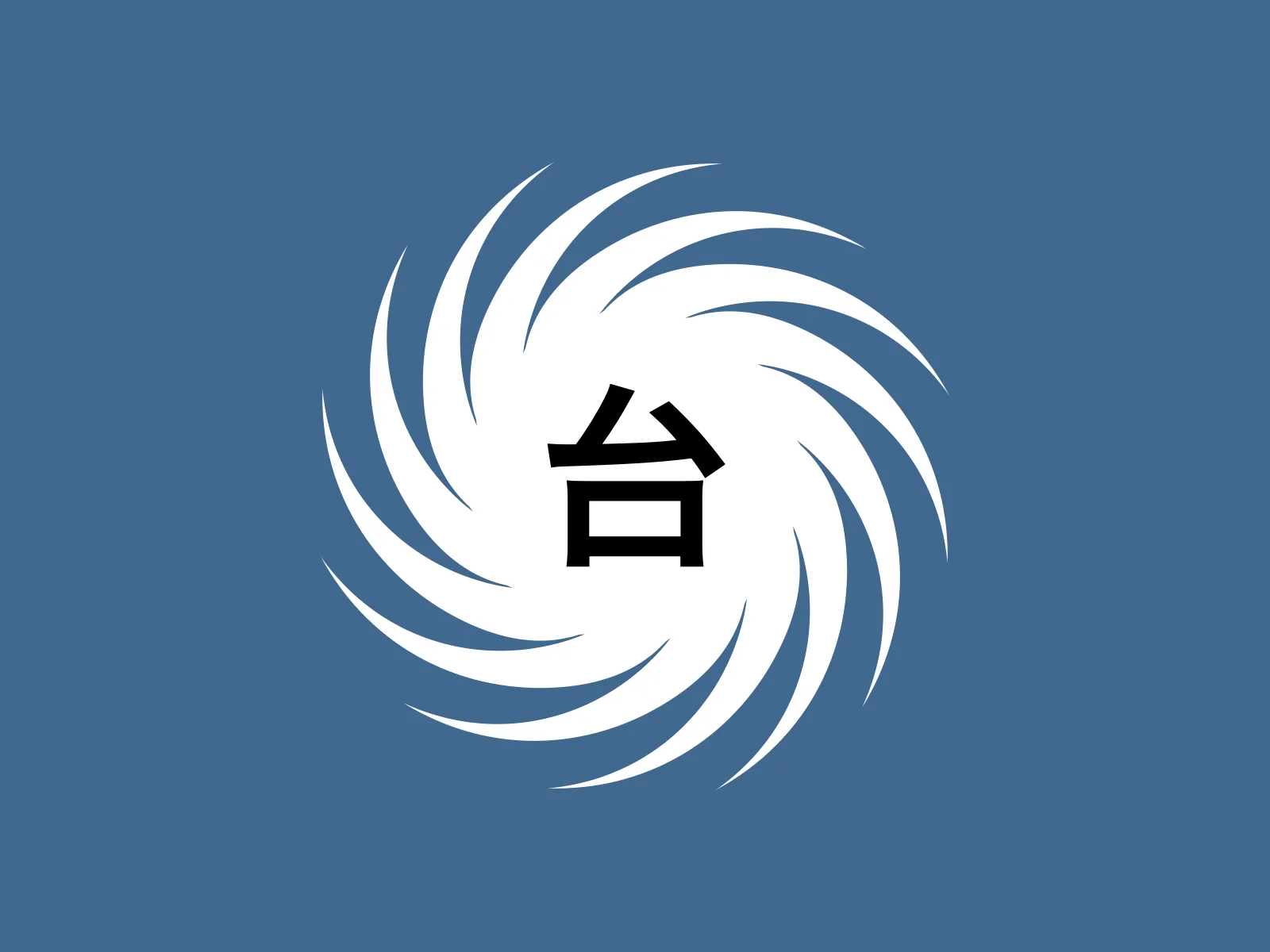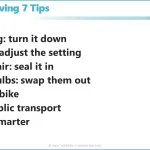Every year In Japan, many typhoons come to Japan. Typhoons lead to give very heavy rain and quite strong wind, resulting in devastated damages in Japan.
I will explain Japan Typhoons as below.
At first, What’s the difference, Hurricanes, Typhoons and Cyclones?
All tropical storms. They are all the same thing: tropical storms. But they are known by different names in different locations.
In the North Atlantic Ocean and Northeast Pacific, they are called hurricanes. But if the same type of disturbance takes place in the Northwest Pacific Ocean, it is known as a typhoon. And in the South Pacific and Indian Ocean, cyclone is the correct term.
Definition of “Typhoon”?
Meteorology. a tropical cyclone in the western Pacific Ocean or northern Indian Ocean, having sustained winds of at least 64 knots (74 miles per hour, 33 meters per second): typhoons form in waters with surface temperatures of about 80°F (27°C), intensifying as temperatures rise.
台風 (Japanese Standard) :最大風速 34 kt ( ≒ 17m/s) 以上
Typhoon (Global Standard) :最大風速 64 kt ( ≒ 33 m/s) 以上
Tropical Cyclone Information
Scale
| – | 17~ m/s wind radius < 500 km |
| Large | 500 km ≤ 17~ m/s wind radius < 800 km |
| Very large | 800 km ≤ 17~ m/s wind radius |
Intensity / Category
| Tropical Depression | Maximum wind speed < 17 m/s (34 kt) |
| Tropical Storm | 17 m/s (34 kt) ≤ Maximum wind speed < 25 m/s (48 kt) |
| Severe Tropical Storm | 25 m/s (48 kt) ≤ Maximum wind speed < 33 m/s (64 kt) |
| Typhoon | 33 m/s (64 kt) ≤ Maximum wind speed < 44 m/s (85 kt) |
| Very Strong Typhoon | 44 m/s (85 kt) ≤ Maximum wind speed < 54 m/s (105 kt) |
| Violent Typhoon | 54 m/s (105 kt) ≤ Maximum wind speed |
Wind speed vs Damage Index
| Wind speed | Damages |
| 10 m/s | Trees shake violently and power lines sway and make noise. Umbrellas may break. |
| 15 m/s | Poorly mounted signs may fly. |
| 20 m/s | It is difficult to walk into the wind and children are likely to be blown away. It is impossible to stand up straight. |
| 25 m/s | Roof tiles are blown off, trees are broken, and chimneys fall down. |
| 30 m/s | Storm shutters and roofs may be blown off. Unsolid houses can fall and utility poles can topple over. |
| 35 m/s | Automobiles and train carriages may sway. |
| 40 m/s | People must be tilted at 45 degrees to stand. Pebbles fly. |
| 50 m/s | Many wooden houses will fall and trees will be uprooted. |
| 60 m/s | Pylons may be bent. |
Name of Typhoon
Why did they decide to give the typhoon an Asian name?
When a typhoon occurs, it is given a name as well as a number, which originates in the United States.
Many hurricanes occur in the United States. In such cases, it is customary in the U.S. to give them human (female) names.
During the six years of U.S. occupation from 1946 to 1952, the culture of naming typhoons remained as it was because the U.S. had named typhoons.
Since 2000, the typhoon committee has unified the typhoons that occur by giving them a common Asian name.
How to name and number typhoons
The Typhoon Committee has established rules for the naming system used in Asia (Asian names).
The numbers are also announced by the Committees, which sets January 1 as the switchover date each year. The typhoons that occur earliest after January 1 are numbered in the order of occurrence, with the first typhoon being the first.
The Typhoon Committee has had the list for the name of typhoon.
Why do Typhoons come to Japan so often?
It depends on the conditions of the Pacific High and Westerly Winds whether or not the typhoon will reach Japan.
How are typhoons born?
Typhoons generate at sea near the equator.
There are two conditions to occur typhoons generation. One is high temperature of sea (more than 80°F (27°C) of seawater temperature). The other one is wind.
How to strength typhoon?
Seawater in hot temperature evaporates and turn to vapor.
The vapor changes to water droplet and then make clouds. In addition to this change from vapor to liquid, in parallel, thermal energy also generates. This reaction is called to exothermic reaction.
This phenomena is continued and then an upswing is accelerated because the generated thermal energy by the exothermic reaction will be heated at surrounding air.
That is say, an energy from seawater provides into a typhoon.



コメント